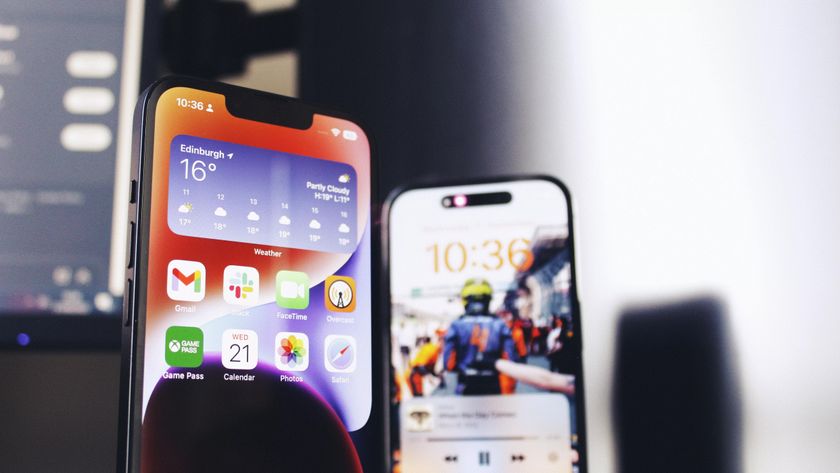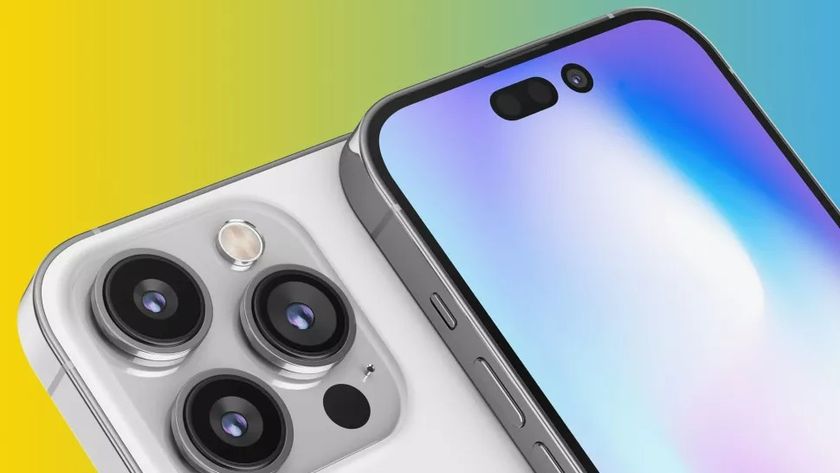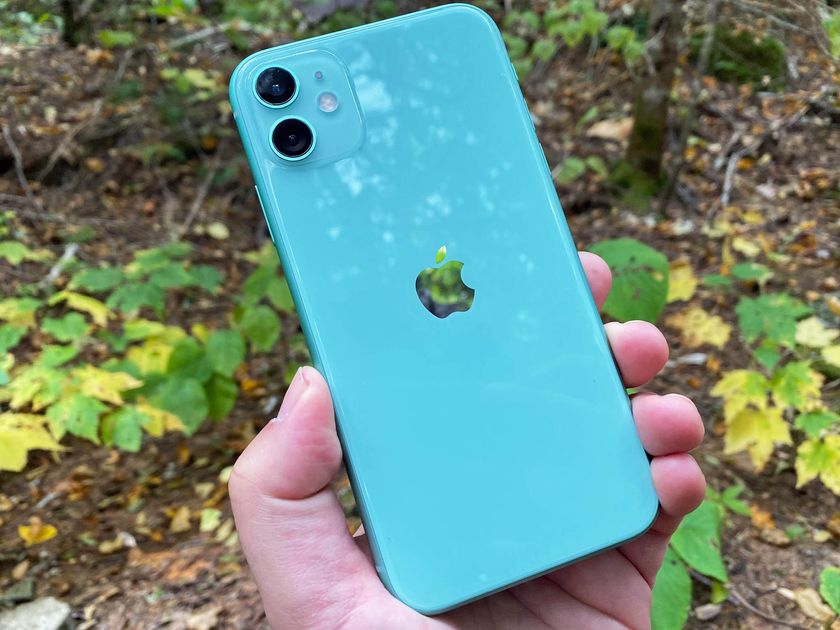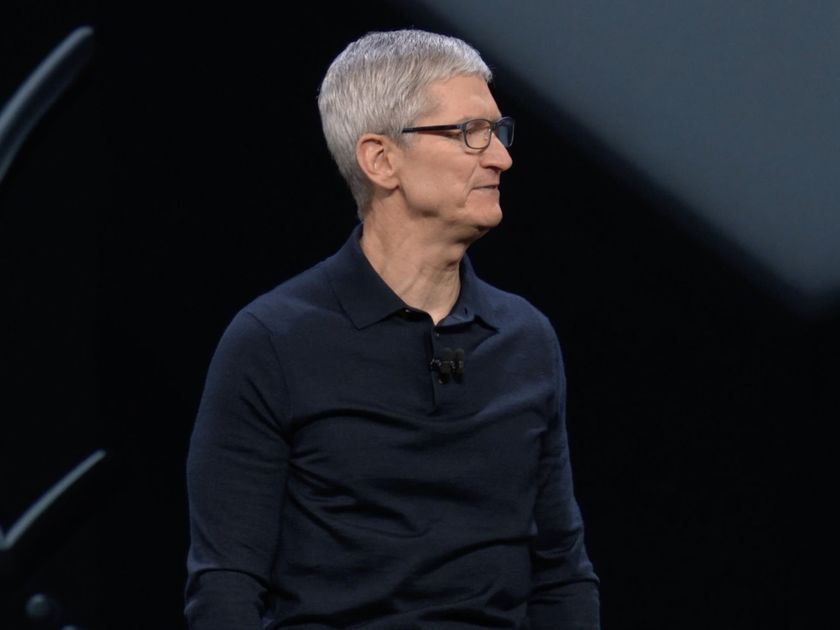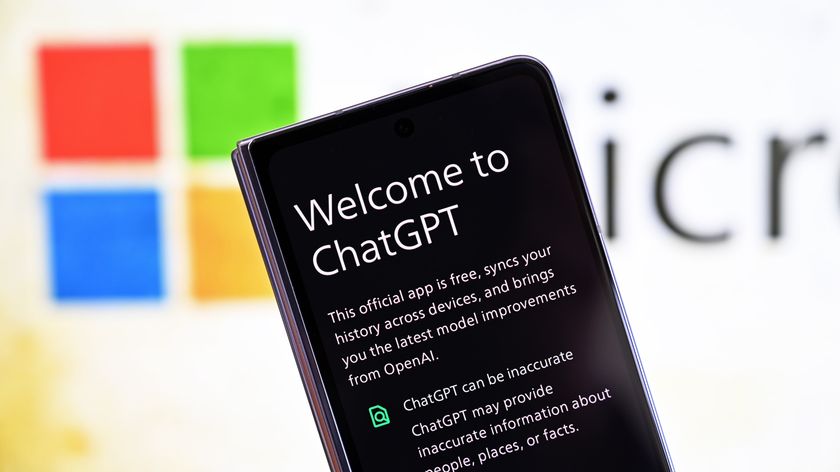iPhone 4S Versus Windows Phone 7: Round One, Fight!

Apple announced the iPhone 4S today, which millions of hipsters and fruit fanatics will be lining up to purchase on October 14. Does the new iPhone threaten to stall Windows Phone’s rise to the smartphone big leagues? In some ways, yes. Whenever the competition rolls out a new product line, that’s always cause for concern. In the following editorial I’ll spell out the different areas that Apple has me worried. Just don’t forget that I absolutely love Windows Phone and I’d sooner give up one of Rich Edmond's kidneys than live without it.
Head past the break to find out in which areas the iPhone 4S may have current Windows Phones beaten.
Strong like ox

The iPhone 4S’s A5 dual-core CPU/GPU combo stands out as Apple’s most significant hardware advantage over Windows Phone. We still haven’t heard of one upcoming Windows Phone that utilizes a dual-core processor. This gives the iPhone a major leg up in both multitasking and processing power, though the clock speed of its CPU is unknown so it’s hard to make real estimates just yet.
Windows Phone can’t do multitasking in the strictest sense just (without a software hack), but it has similar functionality. Fast App Switching, just introduced in the Mango update, allows users to jump back and forth between up to five different apps by pressing and holding the hardware Back button. Apps and games produced prior to the Mango update must be updated to support Fast App Switching. Said updates continue to roll out every day; we expect pretty much all the ones people would actually want to run will become fully Mango-compliant by the end of the year.
Background services are another Mango addition. They allow apps to download data and update themselves in the background. Apps can check for data every 30 minutes while not plugged in or connected to Wi-Fi and every 10 minutes when a USB cable and Wi-Fi are present. Background services could potentially be improved by the move to dual core processors. But because anything running in the background still uses power, don’t expect a dramatic increase in background functionality whenever dual core Windows Phones finally materialize.
Sparkly games
Get the Windows Central Newsletter
All the latest news, reviews, and guides for Windows and Xbox diehards.

Now, the area where a more powerful CPU and GPU really make themselves felt is graphical performance. Windows Phone has always been behind iPhone in 3D graphics. The best looking 3D Windows Phone games like Hydro Thunder GO really can’t compete with the big-budget iPhone titles such as Infinity Blade, which debuted in 2010. Admittedly, Windows Phone is a newer platform, whereas developers have had years to wrap their heads around making iPhone games. But the beefier hardware of the iPhone 4S is going to widen the graphics gulf even more.
Speaking of Infinity Blade, Epic Games chose today to announce a sequel exclusively for iPhone. Make no mistake; it’s a killer app. We’ve seen some terrific games on Windows Phone, but nothing approaches even the first Infinity Blade as far as looking and feeling like a big-budget console title. The new game will run on all iOS devices from the iPhone 3GS and up.
Now, existing Windows Phone hardware is more than a match for the 3GS, which means an Infinity Blade 1 port wouldn’t be out of the question. We know Microsoft has a good relationship with Epic Games, whose Gears of War series is exclusive to the Xbox 360. The big MS should capitalize on their existing relationship and either get Epic to port Infinity Blade straight away or start a new killer franchise, exclusively for Windows Phone. Why not find a way to adapt Gears of War while they’re at it? The same applies to other iPhone heavy hitters like Gameloft; gamers are impatient for their high-spec games.
Xbox Live versus Game Center

Despite the dearth of killer games (and the multitude of iPhone casual game ports), Windows Phone has an ace up its sleeve with Xbox Live. The platform’s Xbox Live integration attracts console gamers like me, plus it can potentially convert average smartphone users into fans of Microsoft’s gaming platforms. Mango even revamped the Windows Phone Games hub, fully integrating Xbox Live to create a more seamless experience.
Apple has long been playing catch-up to Xbox Live with their iOS Game Center. iOS games may have Game Center Achievements, but those don’t hold the same appeal to console gamers as their Xbox Live counterparts. Today Apple announced some major Game Center improvements, most notably cloud save support. Users will be able to play a game on their iPhone and then resume it on the iPad, with the save file transferred wirelessly. That’s a big one-up over Windows Phone.
While Microsoft’s mobile platform does support some cloud services, the issue of transferring or backing up game save data has never been addressed in any form at all. Saves can’t be transferred via USB cable or cloud, a major oversight. But there is hope. One of the major features of the upcoming Fall 2011 Xbox 360 dashboard update is cloud support. Sure, that applies to console games, not mobile ones. Still, the feature will likely trickle down to Windows Phone within a year or so.
Small advantages

In most other ways, the iPhone 4S’s hardware advantages don’t amount to much. The 4S sports a nice 8 megapixel camera, and so will the HTC Titan. Yes, Apple’s new phone can shoot 1080P video whereas Windows Phones can’t shoot videos above 720P resolution. But take it from someone who owns a 1080P video camera: 720P is far more practical from a memory standpoint. Unless you’re planning to produce Blu-Rays or something (which I’d still use a dedicated camera for over a phone), 1080P is more than you really need.
While we’re on the subject of resolutions, both the iPhone 4 and 4S boast 960 x 640 screen resolutions, while Windows Phone currently maxes out at 800 x 480. It’s another reason that 3D games can look more detailed – resolution really does matter. But the 4S’s screen size, like other iPhones before it, will be a scant 3.5 inches. The Samsung Focus’s 4 inch screen is noticeably larger to even casual users, and the HTC Titan’s behemoth 4.7 inch screen will positively dwarf Apple’s offerings. Given the choice between a tiny screen with extra pixels per inch or a large one with slightly less, I’ll pick the bigger one.
Finally, Apple demonstrated some impressive iPhone 4S voice recognition via video. Actors casually asked their phones to text loved ones or what the weather is like, only to be politely answered by a nightmarish machine voice. Windows Phone has included some voice frecognition features from the get-go. Time will tell whether Apple's version works much better; we can expect Microsoft to fire back with further improvements down the line if so.
Metrosexual

At last we come to Microsoft’s greatest strengths: The Windows Phone OS and Metro UI. Simply put, Metro is more attractive and intuitive to use than iOS. Well-designed Windows Phone apps match the look of the platform, differentiating themselves from software for other smartphones. Metro is so revolutionary, Microsoft is even rolling it out to Xbox 360 this fall and Windows 8 next year. The day will come that people see using Windows Phone as a natural extension of what they already do on PC and other devices.
And how about staying in touch with others? That’s what phones are all about, after all. Windows Phone sports social network integration that surpasses anything iPhone has done. Yeah, we can download an official Facebook or Twitter app for either platform. But with Windows Phone, you don’t even need to do that. Just plug in your credentials and suddenly you can post pictures to your wall or send out a tweet with practically no effort at all. There are so many more great Windows Phone software features, we’d be here all day if we named them all.
Fight the good fight

Clearly, the iPhone 4S possesses several advantages over Windows Phone. It’s got more muscle under the hood, better games, and a sharper screen resolution. Apple also has incredible brand recognition, to the point that people actually do wait in line for their newest products.
Microsoft may be one of the largest companies in the world, but they’re still the scrappy little up-and-comer in the world of smartphones. Still, Windows Phone is really special. With the right management and effort, it can catch up to the iPhone someday.
One way to beat your competitors is by delivering a better product. Microsoft is largely doing just that with the Windows Phone OS, Metro UI, and to an extent, mobile Xbox Live. But the Windows Phone hardware specs should catch up and surpass iPhone specs sooner rather than later. Currently we’re about one year behind Apple in processors and screen resolutions, to say nothing of battery life. I’m sure 2012 will see Windows Phones will dual core processors, but unless they also pack a little extra punch, they’ll just end up behind the next iPhone come the following autumn. And when those powerful processors do come along, they’ll need a higher resolution screen to show off what they can do. Let’s hope Microsoft doesn’t allow the 800 x 480 limitation to live beyond next year.
Whether or not the 4S had been announced, the number one area Microsoft needs to work on is brand awareness and advertising. When new Windows Phones like the HTC Radar and Titan quietly slip out to retailers instead of receiving a media blitz, somebody isn’t putting their back into it.
While I’m mentioning retailers, better in-store displays and employee training are very much in order. People shouldn’t be able to walk into a phone store and not be tempted by Windows Phones.
Paul Acevedo is the Games Editor at Windows Central. A lifelong gamer, he has written about videogames for over 15 years and reviewed over 350 games for our site. Follow him on Twitter @PaulRAcevedo. Don’t hate. Appreciate!

